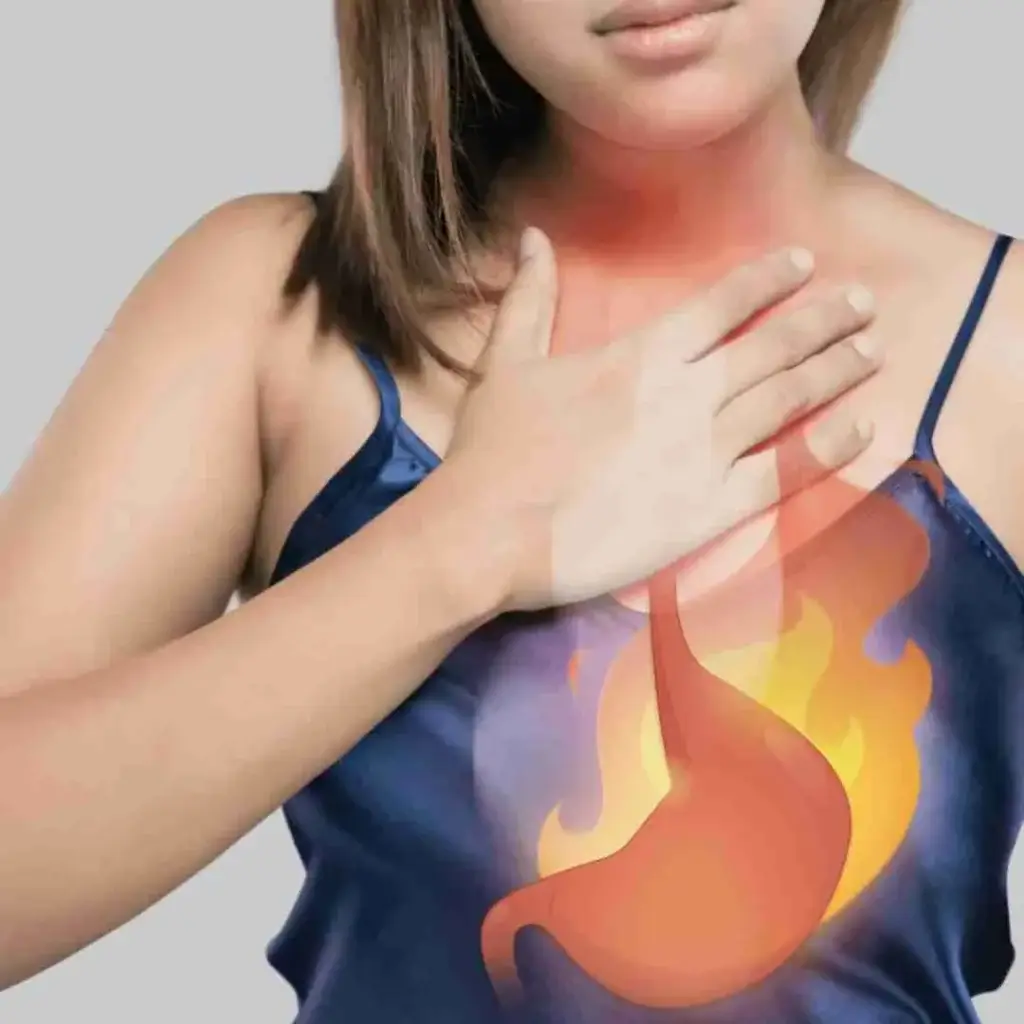Why Extreme Heat Matters More Than Ever
Extreme heat is now the deadliest weather-related hazard in the United States, causing more deaths annually than hurricanes, floods, tornadoes, lightning, and earthquakes combined. In the past 25 years, heat-related deaths have surged by 117%, with 2023 marking the hottest—and most deadly—year on record, resulting in at least 2,325 deaths. The risk is rising due to climate change, urbanization, and an aging population.1, 2
 Who is at risk?
Who is at risk?
- Older adults (65+)
- Infants and children
- People with chronic illnesses or disabilities
- Outdoor workers and athletes
- Anyone without access to air conditioning or cooling centers
- Even healthy, well-conditioned individuals can succumb to heat-related illnesses during extreme temperatures.
As simple as it seems, understanding how and why the body cools itself, when faced with extreme temperatures, is the key to staying healthy and preventing injuries and even death.4
How the Body Cools Itself
Your body cools itself primarily through sweating and increased blood flow to the skin. High humidity, dehydration, and certain medications or health conditions can impair this process, increasing your risk of heat illness.3
Though the elderly (65+), infants and children are more susceptible to heat stress, even the best conditioned of athletes can succumb to the health risks of hot weather.
Recognizing Heat Related Illness
According to the center for disease control: Muscle cramping or heat rash might be the first sign of heat-related illness, and may lead to heat exhaustion or stroke.
Heat exhaustion occurs when the body loses too much water and salt through sweating, causing symptoms like heavy sweating, dizziness, and nausea. If heat exhaustion is not treated, it can progress to heatstroke, where the body’s temperature regulation system fails, and the body temperature rises dangerously high. Heatstroke is a medical emergency requiring immediate medical attention
Here is how you can recognize heat exhaustion and heat stroke and what to do:
Heat Exhaustion and What You Should Do:
- Heavy Sweating – Move to a cooler location.
- Weakness – Lie down and loosen your clothing.
- Cold, pale, and clammy skin – Apply cool, wet cloths to as much of your body as possible.
- Fast, weak pulse – Sip water.
- Nausea or vomiting – If vomiting it persists seek medical attention immediately.
- Feel Faint – Move to a cooler area, lie down with your legs elevated, and loosen or remove excess clothing. Sip water or a sports drink, and apply cool, wet cloths to your skin or use a fan to help cool down. If symptoms worsen or don’t improve, seek medical help.
Heat Stroke and What You Should Do:
- High body temperature (above 103°F)* – Call 911 immediately — this is a medical emergency!
- Hot, red, dry or moist skin – Move the person to a cooler environment.
- Rapid and strong pulse – Reduce the person’s body temperature with cool cloths or even a bath.
- Possible unconsciousness – Do NOT give fluids.
Prevention: How to Stay Safe During Extreme Heat
- Stay hydrated: Drink plenty of water, even if you’re not thirsty. Replace salts and minerals lost through sweat with snacks or sports drinks.
- Stay cool: Spend time in air-conditioned places. If you don’t have AC, visit public cooling centers, libraries, or malls.
- Dress appropriately: Wear lightweight, loose-fitting, light-colored clothing and a wide-brimmed hat.
- Limit outdoor activity: Avoid strenuous activity during the hottest part of the day (usually 10 a.m. to 4 p.m.).
- Check on others: Regularly check on family, friends, and neighbors, especially those at higher risk.
- Never leave people or pets in cars: Temperatures inside vehicles can rise rapidly to deadly levels.
- Plan ahead: Know where to find your local cooling centers and sign up for emergency alerts.
Final Tips
Recognize early symptoms: Muscle cramps, heavy sweating, and weakness are early warning signs—act quickly.
Cooling is the first priority: For any severe heat illness, rapid cooling can save lives.
Prevention is key: Most heat-related deaths and illnesses are preventable with awareness and timely action.
Stay informed, stay cool, and help protect yourself and your community from the dangers of extreme heat.
Additional Information:
WARNING SIGNS OF HEAT RELATED ILLNESS
References
-
- https://jamanetwork.com/journals/jama/fullarticle/2822854
- https://www.scientificamerican.com/article/extreme-heat-is-deadlier-than-hurricanes-floods-and-tornadoes-combined/
- https://www.ready.gov/heat
- https://www.redcross.org/get-help/how-to-prepare-for-emergencies/types-of-emergencies/extreme-heat-safety.html


